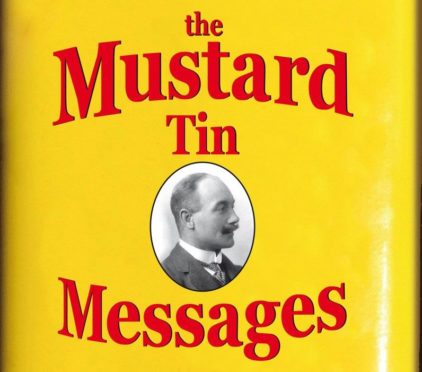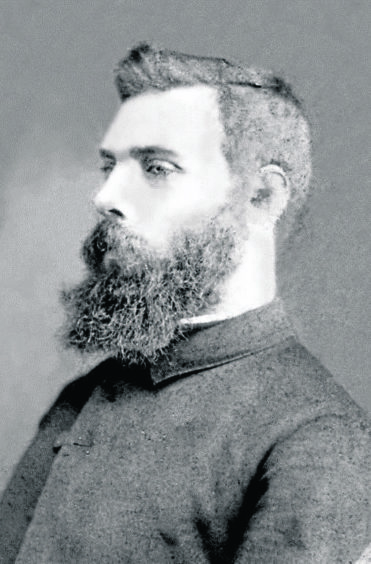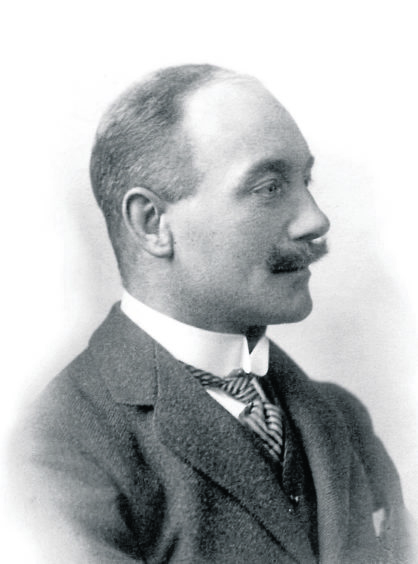They were the Allied prisoners of war who proved as keen as mustard to keep the heat on their German captors.
Working closely with an elderly Church of Scotland minister in a north-east fishing village, they established a secret code which was communicated between the soldiers and the top brass back home.
And now, the remarkable story of how the Gordon Highlander troops defied their opponents has been related in a new book “The Mustard Tin Messages”.
The man behind the code, Rev Duncan MacGregor, lived and worked in Inverallochy and was spurred into action when his son was taken prisoner in 1914.
Alpin MacGregor, a sergeant major in the Gordon Highlanders, was among the first soldiers in action and his battalion took part in the Battle of Mons in Belgium.
However, after the British forces were surrounded and forced to surrender, around 700 soldiers were captured, 500 of them Gordons troops, and they were subsequently interned at Sennelager in northern Germany.
But that was merely the prelude to an ingenious code being orchestrated between the MacGregors which relayed significant information throughout the conflict.
His daughter, Flora Isles, has recalled in the book: “It was in early 1915 that he [Alpin] began to notice certain peculiarities in his father’s letters.
“Eventually, he realised that by using the last letter in each sentence, a message was formed. In his next letter home, he used this formula to convey the following message: ‘Send news in a mustard tin’.
“The next parcel contained a tin of mustard with a closely-written synopsis of the progress of the war. It also suggested using one word in each sentence to convey various messages which would be put at the disposal of the intelligence service at the War Office.
“The letter also said a cocoa tin would be included in every parcel, into which newspaper cuttings would be inserted with as much news as possible. And so began the ‘cocoa press’ in the Sennelager camp.”
The prisoners faced myriad privations and constantly had to show courage in adversity during their incarceration, but they refused to buckle as the conflict continued.
The information they sent home was valuable to the War Office.
But there were several occasions where the redoubtable Alpin MacGregor was nearly snared by his captors.
His daughter said: “One morning, the prisoners were startled by the guards shouting ‘Raus, raus’; they had to respond quickly and my father found himself out in the snow waiting to be searched, only to realise he had a notebook in his pocket, with incriminating evidence of the code.
“It was only some quick thinking which helped him to evade detection. As soon as the men got back to the huts, which had also been thoroughly searched by the guards, he destroyed the evidence and distributed the words between his New Testament and a Golden Treasury.”
He collected his thoughts after the conflict and they reflect his mixed feelings at being imprisoned. On the one hand, he was determined to assist the war effort. But he was also frustrated at being stuck behind barbed wire.
He recalled: “My efforts, however futile they may have been, helped to keep my mind healthy during a wretched period of my life.
“I have my own private satisfaction in the fact that, even as a prisoner of war, I at least tried to serve my country.”
He remained in the army after the war had finished and was sent to Mesopotamia in 1923, prior to returning to Scotland in 1926 and getting married the following year to Mary Campbell, with the couple having five children.
The book is available from LuLu books at www.lulu.com/shop with the Search: Mustard Tin Messages.












